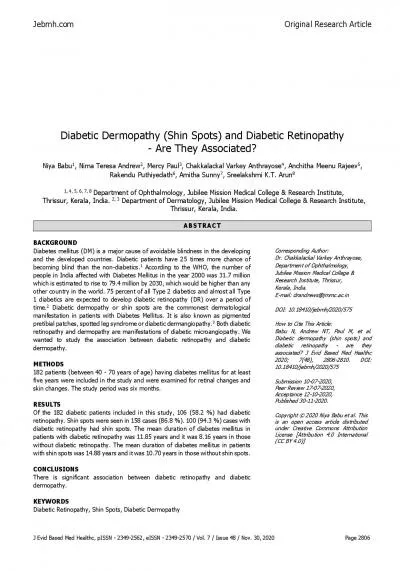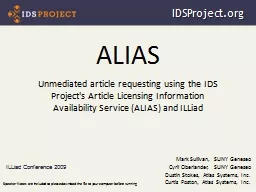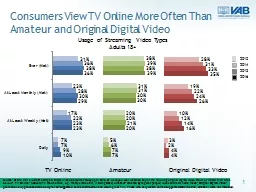PDF-Original Research Article
Author : patricia | Published Date : 2022-09-02
Jebmhcom J Evid Based Med Healthc pISSN 2349 2562 eISSN 2349 2570 Vol 7 Issue 4 8 Nov 30 20 20 Page 2806 Diabetic Dermopathy Shin Sp ots and Diabetic
Presentation Embed Code
Download Presentation
Download Presentation The PPT/PDF document "Original Research Article" is the property of its rightful owner. Permission is granted to download and print the materials on this website for personal, non-commercial use only, and to display it on your personal computer provided you do not modify the materials and that you retain all copyright notices contained in the materials. By downloading content from our website, you accept the terms of this agreement.
Original Research Article: Transcript
Download Rules Of Document
"Original Research Article"The content belongs to its owner. You may download and print it for personal use, without modification, and keep all copyright notices. By downloading, you agree to these terms.
Related Documents













